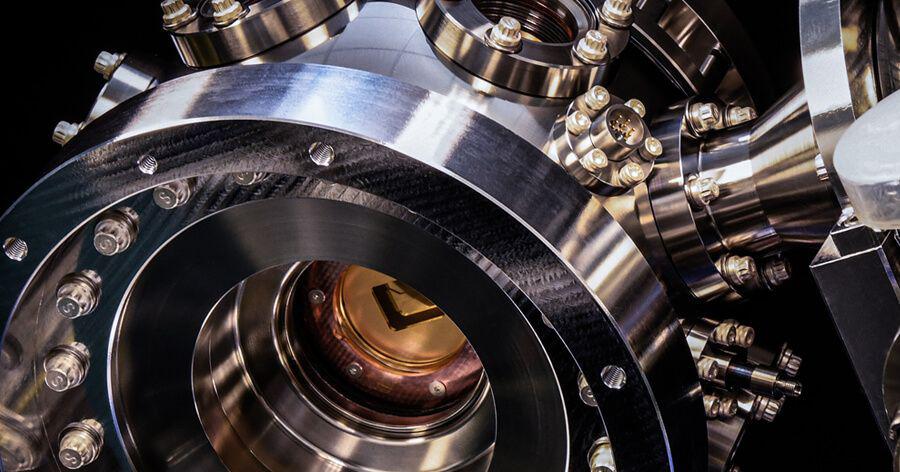The Space Force’s announcement last week that United Launch Alliance and SpaceX will launch expensive spy satellites and other military payloads brings a long and often fierce battle for government funds to an end — at least for now.
Why it matters: This type of government money — particularly in light of the economic downturn caused by the coronavirus pandemic — is key for space companies that often work on thin margins.
The state of play: ULA was awarded the bulk of the funds — $337 million — for two missions due to launch in 2022, with SpaceX winning $316 million for one mission launching that year.







